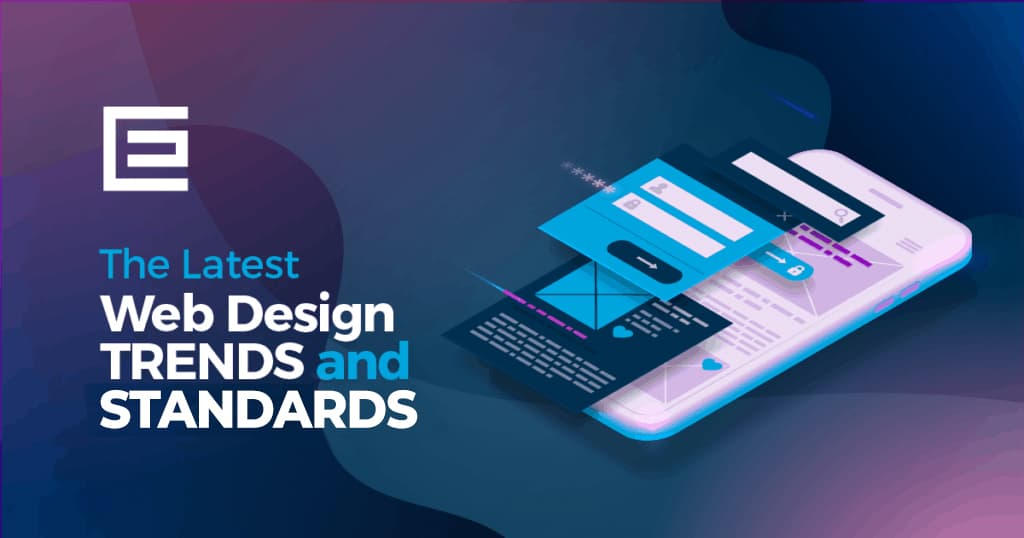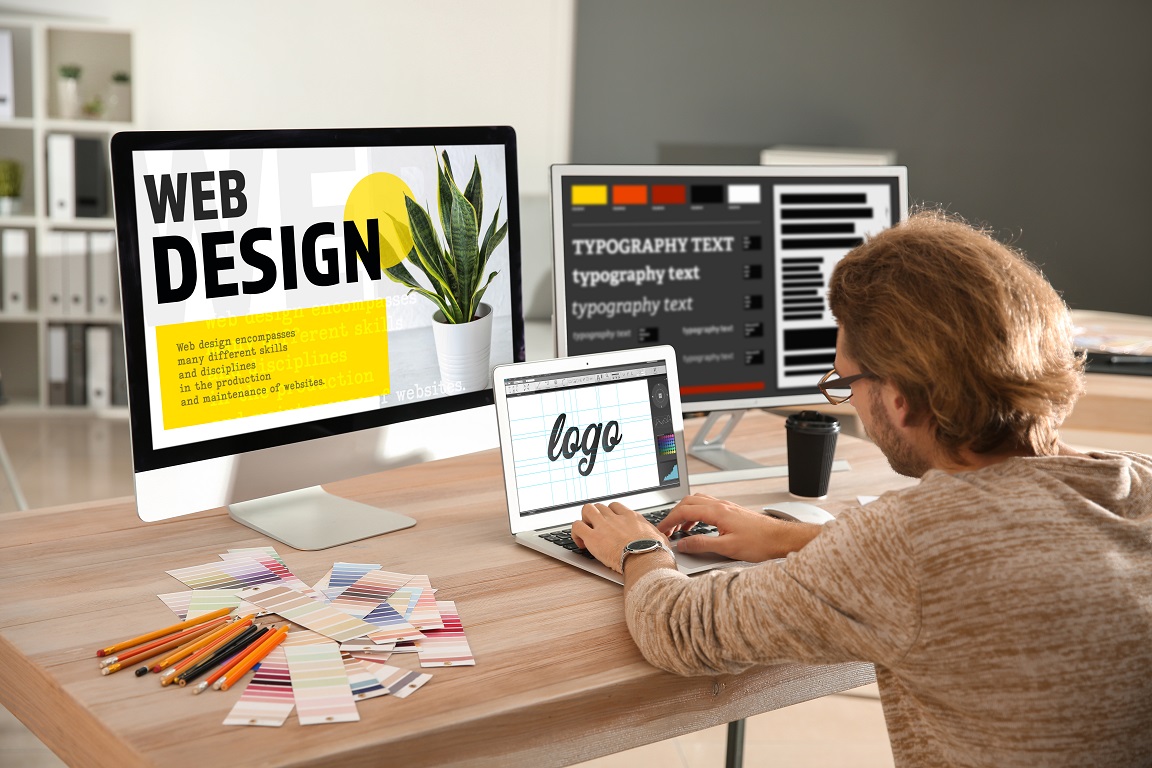Untangling the Intricacies of Receptive Website Design and Its Effect On Accessibility and Functionality Across Various Devices
Receptive web style (RWD) has actually emerged as a basic approach in producing electronic experiences that are both practical and obtainable across varied tools. By integrating methods such as liquid grids and CSS media queries, RWD not only improves customer engagement however additionally addresses crucial availability concerns for individuals with specials needs.
Comprehending Receptive Website Design
Responsive internet layout embodies the principle of versatility, making sure that internet sites provide an ideal viewing experience throughout a selection of tools and screen sizes. This method utilizes versatile grids, designs, and photos, making it possible for the web content to dynamically readjust based upon the user's device. The rise of mobile internet usage has made responsive design not just a trend, but a necessity for modern web development.
At its core, responsive internet style highlights fluidity and scalability. By using CSS media inquiries, developers can tailor styles to varying display measurements, making certain that message stays readable and photos are displayed appropriately. This method fits the diverse range of devices, from smartphones to huge desktop computer screens, assisting in seamless navigation and communication.
In addition, receptive web design boosts customer interaction by decreasing the need for too much zooming or straight scrolling, which can interfere with the user experience. By focusing on availability, organizations can get to a more comprehensive audience, ensuring that all customers, regardless of device, can access material efficiently. Ultimately, recognizing responsive internet style is important for creating internet sites that are not only aesthetically attractive but additionally functional and straightforward across diverse platforms.

Secret Concepts of RWD
Stressing flexibility and user-centric design, the essential principles of receptive internet style (RWD) rotate around developing a smooth experience despite the tool being made use of. One basic concept is fluid grids, which make use of relative systems like portions instead of taken care of dimensions. This technique makes sure that format components adjust proportionally to differing screen sizes, maintaining aesthetic coherence.
An additional crucial principle is flexible photos and media, which resize within their having aspects. web design Johannesburg. By utilizing CSS techniques such as max-width, developers can stop pictures from surpassing their moms and dad containers, guaranteeing that visuals remain sharp and properly scaled across devices
Furthermore, media inquiries play an essential role in RWD, permitting designers to use details CSS designs based upon the qualities of the device, such as height, size, and orientation. This capability makes it possible for tailored experiences that boost functionality and involvement.
Additionally, a mobile-first approach is increasingly preferred, where designs prioritize smaller sized screens and considerably enhance for bigger tools. This principle not just optimizes efficiency yet also resolves the growing occurrence of mobile surfing. Collectively, these principles create the backbone of responsive website design, fostering a versatile and straightforward electronic environment.

Influence On Availability
The combination of responsive web design plays a crucial duty in boosting availability for all individuals. By embracing a flexible format that adjusts to varying screen dimensions and positionings, responsive design makes certain that material stays easily accessible and readable despite the tool utilized. This adaptability is specifically considerable for individuals with handicaps, that may depend on assistive innovations that function better when content is structured responsively.
In addition, responsive website design lowers the chance of problems such as straight scrolling, which can impede customers with motor handicaps or visual problems. By offering a regular individual experience throughout devices, developers can prioritize availability features such as keyboard navigating and screen visitor compatibility, allowing for a much more comprehensive digital atmosphere.
Moreover, online search engine increasingly favor receptive layouts, which can enhance exposure for customers looking for accessible material. Therefore, companies and organizations you can look here are motivated to take on these practices not only to adhere to access standards however likewise to get to a more comprehensive audience. Ultimately, responsive web style contributes in advertising equitable access to information and services across diverse individual teams, consequently cultivating a comprehensive electronic landscape.
Functionality Across Devices

Moreover, the performance of internet applications can differ considerably across gadgets. Mobile phone frequently have actually restricted handling power and slower net connections, which can affect packing times and general customer experience. he said It is crucial for designers to enhance pictures, manuscripts, and various other sources to ensure that performance stays reliable and regular, no matter of the tool being made use of.
Additionally, the layout and structure of content must adapt fluidly to different screen sizes to maintain usability. This adaptability not just boosts customer involvement yet additionally lowers aggravation, ultimately resulting in higher retention rates. In recap, focusing on capability throughout gadgets is vital for producing a effective and comprehensive internet existence that deals with the diverse needs of customers.
Ideal Practices for Application
Executing responsive internet layout successfully needs a tactical approach that focuses on customer experience and availability. To attain this, start by embracing a mobile-first design ideology, which stresses producing an optimal experience for smaller sized screens prior to scaling as much as larger tools. This method ensures that crucial material is prioritized which features are flawlessly integrated.
Following, make use of liquid grids and versatile formats. Utilize relative systems, such as percentages, instead than fixed devices like pixels - web design Johannesburg. This adaptability enables material to resize dynamically based on the screen's measurements, improving use across numerous devices
In addition, incorporate media questions to apply particular CSS guidelines based upon the qualities of the tool, such as resolution, height, and size. This targeted approach enables customized experiences that satisfy the distinct capacities of each tool.
Additionally, focus on accessibility by guaranteeing that all interactive components are conveniently navigable through touch or key-board. Apply semantic HTML to enhance screen visitor compatibility and keep high comparison ratios for readability.
Conclusion
To conclude, receptive website design serves as a foundational aspect in producing easily accessible and practical digital experiences across diverse gadgets. By integrating fluid grids, versatile pictures, and CSS media questions, receptive layout not just boosts customer involvement yet also promotes fair accessibility to information for all people, consisting of those with disabilities. Adhering to best practices in execution makes certain that websites continue to be versatile, inevitably cultivating an extra comprehensive electronic atmosphere that satisfies the varying needs of customers.
Receptive internet style (RWD) has emerged as why not check here a fundamental strategy in developing electronic experiences that are both easily accessible and practical throughout varied gadgets.Responsive internet layout symbolizes the principle of adaptability, making certain that web sites supply an optimal watching experience throughout a range of devices and display sizes.Emphasizing flexibility and user-centric style, the essential concepts of receptive web layout (RWD) rotate around creating a smooth experience regardless of the tool being utilized.Functionality throughout gadgets is a key factor to consider in web layout, as individuals engage with web content through a selection of systems, consisting of desktops, tablet computers, and mobile phones.In conclusion, responsive web layout serves as a fundamental element in developing easily accessible and functional digital experiences throughout varied gadgets.